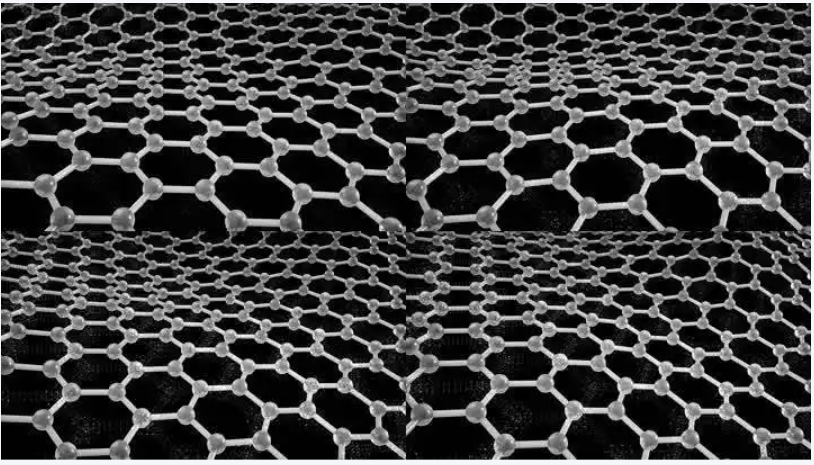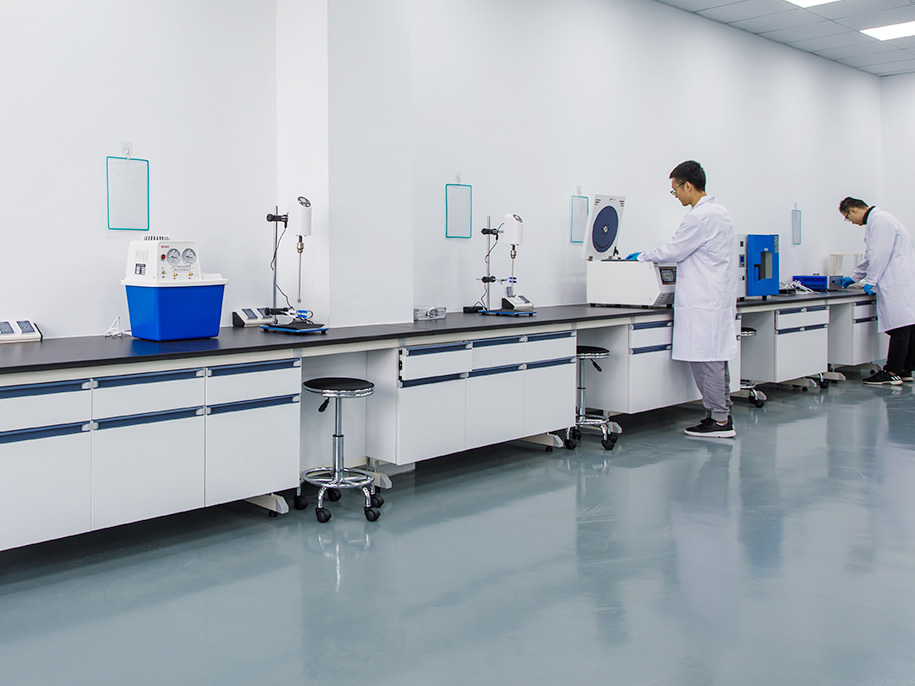Case Studies: Chinese Hospitals and Schools Using Graphene-Based Antibacterial Coatings
Introduction
As concerns over surface-borne pathogens rise, Chinese hospitals and educational institutions are embracing innovative materials to ensure cleaner, safer environments. Graphene-based antibacterial coatings, especially those made from graphene oxide (GO), have found their way into walls, furniture, equipment, and personal protective items within these settings.

This article highlights real-world case studies from China where GO coatings are not only deployed but have demonstrated quantifiable benefits in infection control and operational safety.
1. The Public Health Imperative
The post-pandemic world has accelerated the demand for passive antimicrobial technologies. Unlike alcohol-based sanitizers or chemical disinfectants, graphene oxide coatings offer:
-
Long-term protection without reapplication
-
Non-toxic and metal-free formulations
-
Mechanically durable layers that remain active over time
These benefits have attracted hospitals and schools—high-touch, high-density environments—to adopt the technology.
2. Hospital Case Study: Jiangsu Pediatric Medical Center
Background:
-
Facility with over 600 beds and high pediatric patient turnover
-
High infection risk in playrooms, corridors, and examination rooms
Implementation:
-
GO-based antibacterial coating (developed by a Nanjing materials company) applied to:
-
Wall panels
-
Door handles
-
Bedside rails
-
Pediatric toy surfaces
-
Results (after 6 months):
-
Surface microbial load reduced by 38%
-
Nosocomial infections in pediatric patients decreased by 25%
-
Staff reported less frequent chemical disinfection cycles, lowering maintenance costs
“Graphene coatings have become part of our routine infection control strategy,” said the hospital’s infection management director.
3. School Case Study: Hangzhou No. 2 Middle School
Background:
-
A large public school with 3,000 students
-
High classroom occupancy; shared equipment usage
Implementation:
-
GO coating supplied by a Hangzhou-based nanotech startup
-
Applied on:
-
Classroom desks and chairs
-
Laboratory worktops
-
Cafeteria trays and counters
-
Monitoring Approach:
-
Weekly swab tests on coated vs. uncoated surfaces
-
UV fluorescence tracking of bacterial colonies
Results:
-
Bacterial colony count reduced by 70% on GO-treated surfaces
-
Student absenteeism due to minor infections fell by 12% compared to the previous year
-
Parent satisfaction surveys reflected growing confidence in hygiene levels
“The coatings gave us peace of mind during flu season,” noted the school’s head of operations.
4. Public Facility Case: Guangzhou Metro Ticketing Zones
Background:
-
Ticketing kiosks, elevator buttons, and railing systems in Line 8 of Guangzhou Metro
-
GO-based transparent coating deployed on interactive surfaces
Performance Evaluation:
-
Real-time use sensor tracked daily touchpoints
-
Routine microbial swabbing by third-party labs
Outcomes:
-
Coated buttons and screens showed >90% bacterial inhibition (ISO 22196 compliant)
-
Passengers reported a noticeable reduction in visible grime
-
Maintenance teams observed lower need for frequent wipe-downs
5. Supplier Spotlight: Domestic Manufacturers Behind the Projects
| Company Name | Location | Specialty Product Type |
|---|---|---|
| GrapheneRich NanoTech | Ningbo | Water-dispersible GO coatings for plastic/metal |
| Suzhou Graphene Innovation | Suzhou | Paint-integrated GO wall coatings |
| TimesNano | Chengdu | Medical-grade GO with stable dispersion properties |
| Nanofilm Technology | Shenzhen | Transparent conductive GO coatings for touch devices |
These companies supply both bulk materials and custom formulations, with increasing collaboration with universities for clinical trials.
6. Government and Institutional Support
Chinese government bodies, such as:
-
Ministry of Education
-
Ministry of Science and Technology
-
National Health Commission
are supporting graphene applications through:
-
Funding for pilot programs
-
Technical evaluation frameworks
-
Green material certification policies
In 2023, a joint initiative funded over ¥50 million in grants for graphene-based public health solutions, including coatings and filtration systems.
7. Challenges and Lessons Learned
| Challenge | Mitigation Strategy |
|---|---|
| Variability in surface adhesion | Pre-treatment and resin modification |
| Cost compared to traditional paint | Value from long-term protection and reduced labor |
| User awareness | On-site training and labeling of treated surfaces |
| Regulatory uncertainty | Working with academic institutions to set standards |
8. Future Scaling Potential
With successful case studies and growing awareness, these coatings are expanding to:
-
Dormitories and canteens
-
Library facilities
-
Elderly care centers
-
Childcare centers and kindergartens
Emerging trends also include smart coatings with embedded sensors for real-time microbial monitoring and graphene hybrid coatings that combine GO with silver or copper nanoparticles for synergistic effects.
Conclusion
China’s experience in deploying graphene oxide antibacterial coatings in hospitals and schools is a testament to the material’s versatility and value. Real-world evidence shows meaningful reductions in microbial loads, illness rates, and operational burden—all while embracing sustainable and passive hygiene control.
As the demand for antimicrobial surfaces continues to rise globally, China’s early adoption and scalable innovation in this field position it as a key leader in the future of public health materials engineering.

